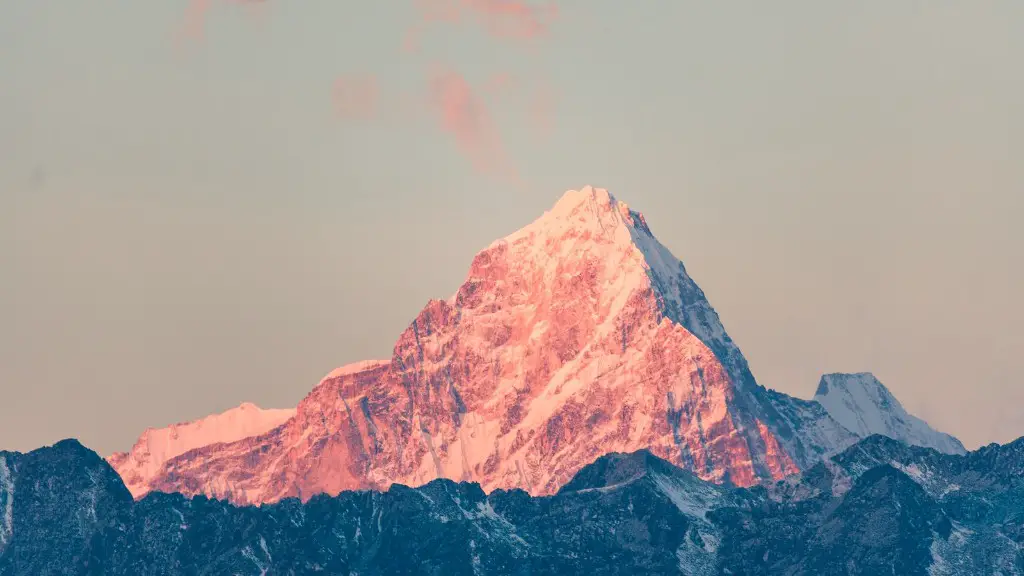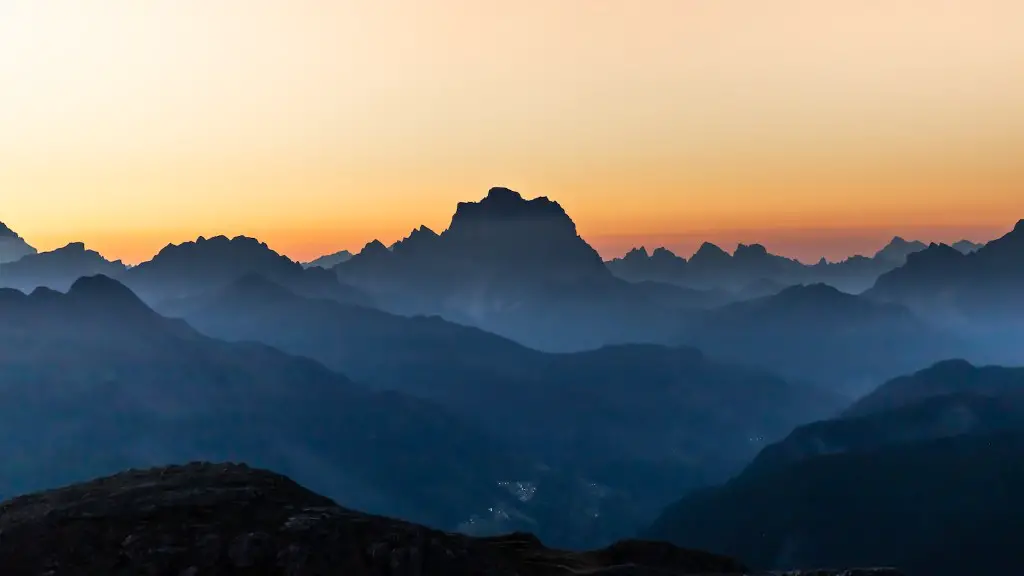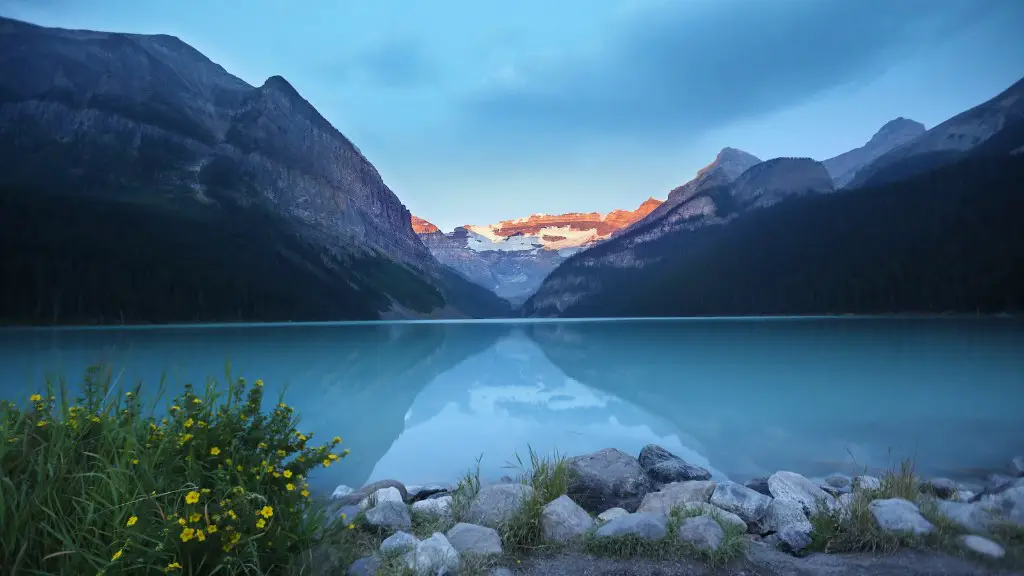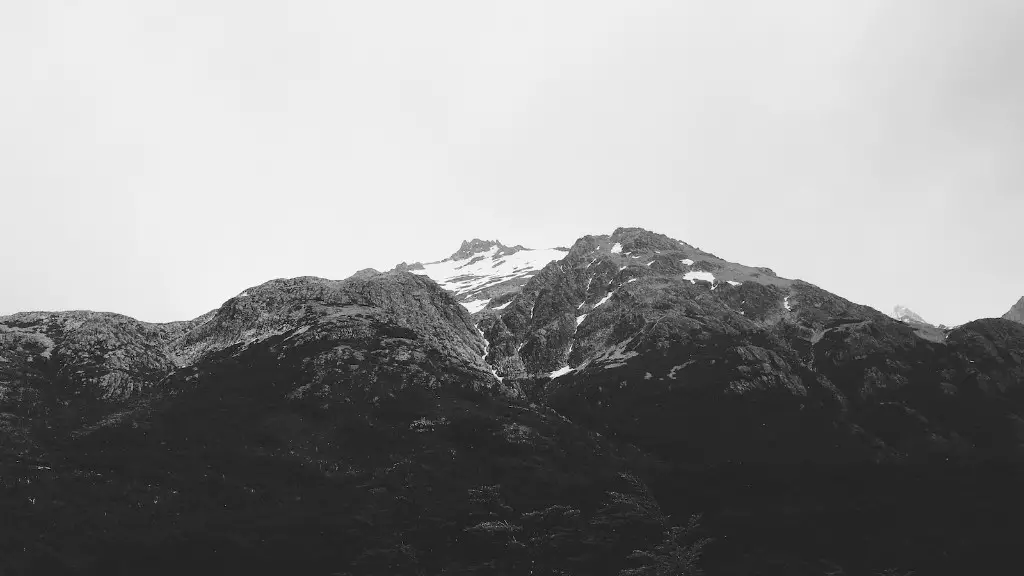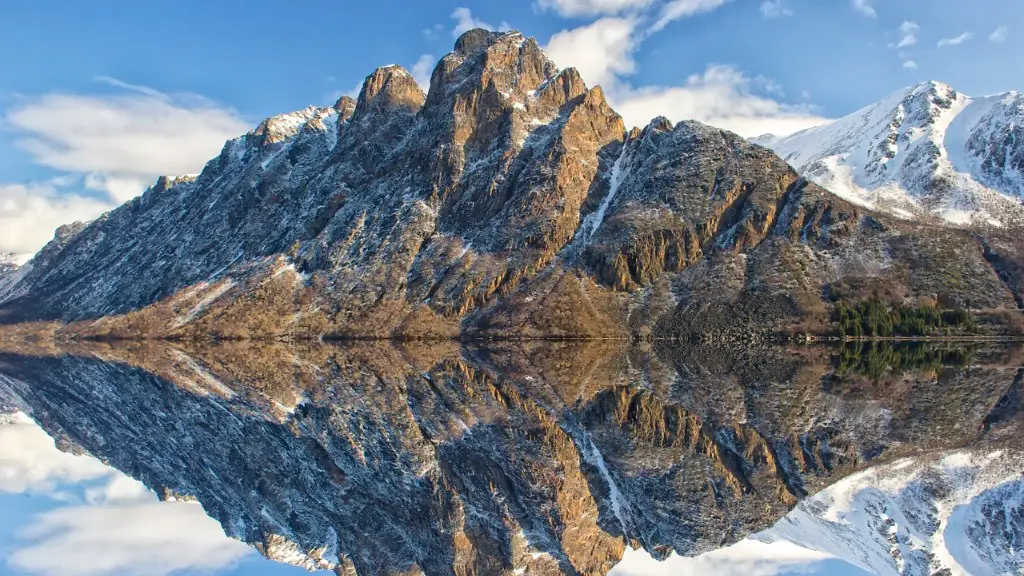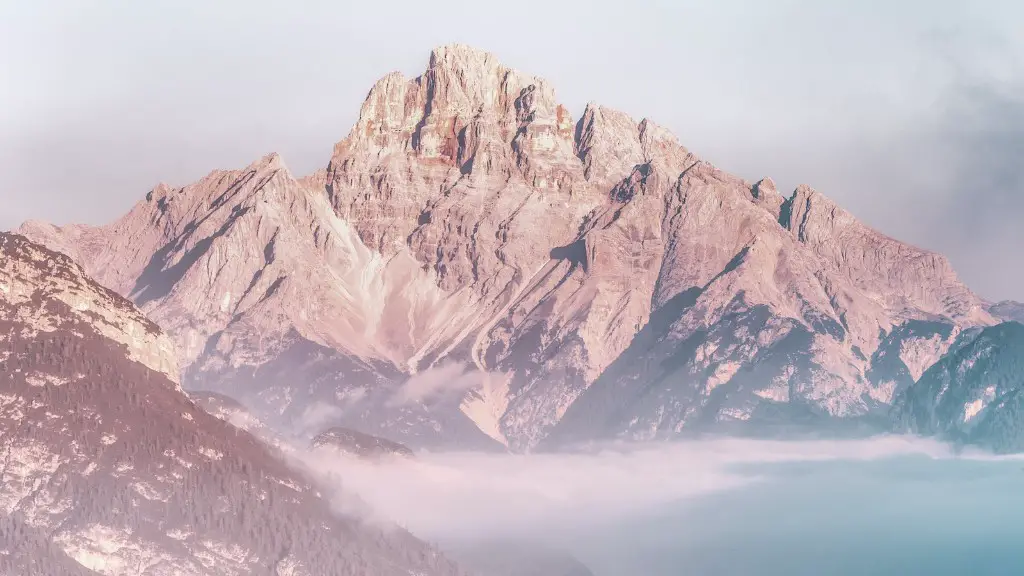Mount Everest is the world’s tallest mountain, and it is located in the Himalayan range in Asia. Oxygen is necessary to climb Mount Everest. The air is very thin at high altitudes, so climbers need to use supplemental oxygen to avoid altitude sickness.
Yes, you need oxygen to climb Mount Everest.
How many have climbed Everest without oxygen?
Only about 200 people have attempted to climb Everest without using oxygen, which is a testament to the difficulty of the feat. Climbing Everest is an incredibly strenuous activity that requires a high level of physical fitness and endurance. Without the use of oxygen, climbers are at a severe disadvantage, and the death rate for those who attempt the ascent without it is very high. Nevertheless, the 200 people who have managed to reach the summit without oxygen are true mountaineering legends.
The respiratory volume is the amount of air that is inhaled and exhaled in a certain period of time. The flow rate is the rate at which the air is moving through the lungs.
The respiratory volume of 50 L/min is considered to be hard climbing at altitude. This is because the body is working harder to get the oxygen it needs. The flow rate of 4 L/min means that the air is moving more slowly through the lungs, making it feel like the summit of Everest is at 19,700 feet.
The respiratory volume of 30 L/min is considered to be efficient climbing at altitude. This is because the body is using oxygen more efficiently. The flow rate of 4 L/min means that the air is moving more slowly through the lungs, making it feel like the summit of Everest is at 16,250 feet.
What happens if you run out of oxygen on Everest
Climbers who ascend higher than 26,000 feet on Mount Everest enter the “death zone.” In this area, oxygen is so limited that the body’s cells start to die, and judgement becomes impaired. Climbers can also experience heart attacks, strokes, or severe altitude sickness.
It is possible to survive on the summit of Everest for at least 21 hours, as demonstrated by Babu Chiri Sherpa in May 1999. Sherpa spent 21 hours on the summit without supplementary oxygen, and his record still stands. While it is possible to survive for this length of time without oxygen, it is extremely difficult and dangerous to do so.
Can you climb Everest in a day?
Lhakpa Sherpa, a world-renowned mountaineer, has stated that the most difficult day of the journey is typically the day that climbers attempt to make it to the summit and back to Camp Four. This is because spending too much time in the death zone can be incredibly dangerous. Sherpa advises that climbers try to minimize their time in the death zone as much as possible.
In 1996, the number of people who died while trying to reach the summit of Mount Everest was the highest it had been up to that point. Twelve people lost their lives that year, which reflects the large number of climbers who attempted the ascent rather than a spike in the death rate. Before 1996, one in four climbers died while making the ascent, while in 1996, one in seven died.
How long can you stay in the death zone on Everest?
The “death zone” on Mount Everest refers to the area above 8,000 meters (26,247 feet), where the air is so thin that it’s impossible for humans to survive for more than a few hours. The lack of oxygen in the air causes climbers to experience altitude sickness, which can lead to organ failure and death.media said; Shorter stays can also be deadly Most of the 200+ climbers who have died on Mount Everest have died in the death zone.
Climbers are advised not to stay in the death zone for more than 16 to 20 hours, as shorter stays can also be deadly. Most of the 200+ climbers who have died on Mount Everest have died in the death zone.
In order to successfully summit Mount Everest, you must be in excellent physical condition and have extensive experience climbing at high altitudes. Many people spend at least a year training to climb Everest, so it is not a task to be undertaken lightly. However, if you are up for the challenge, the rewards are incredible.
Who climbed Mount Everest without oxygen
Messner and Habeler’s accomplishment is considered one of the most impressive feats in mountaineering history. Not only did they summit the world’s tallest mountain, but they did so without the use of supplemental oxygen. This exploit was previously thought to be impossible, and their achievement is a testament to their skill and determination.
The top three causes of death on Everest are avalanches, falls and collapses, and mountain sickness with brain or lung edema. Avalanches are the most common cause of death, accounting for about 60% of all fatalities. Falls and collapses are the second most common cause of death, accounting for about 20% of all fatalities. Mountain sickness with brain or lung edema is the third most common cause of death, accounting for about 10% of all fatalities.
How cold is it at the top of Everest?
During the winter season, the average temperature at the top of Mount Everest is around -37°C (-35°F). Similarly, the average temperature at Everest Base Camp during the winter season is around -17°C (14°F). The coldest temperatures usually occur from mid-December to late January.
When people die on Everest, it can be difficult to remove their bodies. Final repatriation costs tens of thousands of dollars (in some cases, around $70,000) and can also come at a fatal price itself: two Nepalese climbers died trying to recover a body from Everest in 1984.
How do Sherpas survive without oxygen
Apa Sherpa and other Sherpas have an ability to climb Mount Everest more efficiently than other people. The secret behind this ability lies in their cells; Sherpas have differences in their mitochondria, which means they use oxygen very efficiently. This is an important advantage when climbing at high altitudes, where oxygen is scarce.
Hey everyone!
I’m looking for ten people to join me on an upcoming trekking trip. If we can get ten people to join and pay for their trip, then I can go for free! So if you’re interested in joining me on an adventure, let me know and we’ll work out the details.
Looking forward to hearing from you,
[Your name]
Can I climb Mount Everest with no experience?
Experience is critical for mountaineering, especially when attempting the Seven Summits. Beyond just high-altitude experience, you need good footwork and self-management. Understanding when to turn back is also important. Without enough experience, you are likely to fail.
There are plenty of places where you can shower on the Everest Base Camp trek. The only issue with this is that sometimes the water isn’t hot. All of the showers available on the Everest Base Camp trek are heated by solar power, so if it’s been a cloudy day or for a couple of days you’re not going to get any hot water.
What’s the fastest someone has climbed Everest
Nirmal ‘Nims’ Purja has set two new world records, marking yet another 8,000m season where he has pushed the boundaries of his sport further than many thought possible. In just eight days, 23 hours and 10 minutes, Purja summited Everest, Lhotse and Kanchenjunga – all without supplementary oxygen. This is an incredible achievement and cements Purja’s place as one of the most accomplished mountaineers in the world.
The ‘death zone’ refers to the altitude above 8,000 metres (26,000 feet) where the oxygen levels are insufficient to sustain human life for an extended period. All of the summits of the world’s 14 tallest mountains are found within this zone. The conditions in the death zone are extremely harsh, with high winds and cold temperatures. It is a very challenging environment for mountaineers, and many have died trying to reach the summit of mountains such as Mount Everest.
Final Words
No, you do not need oxygen to climb Mount Everest.
Yes, you need oxygen to climb Mount Everest. Without oxygen, your body would not be able to function properly at high altitudes.
